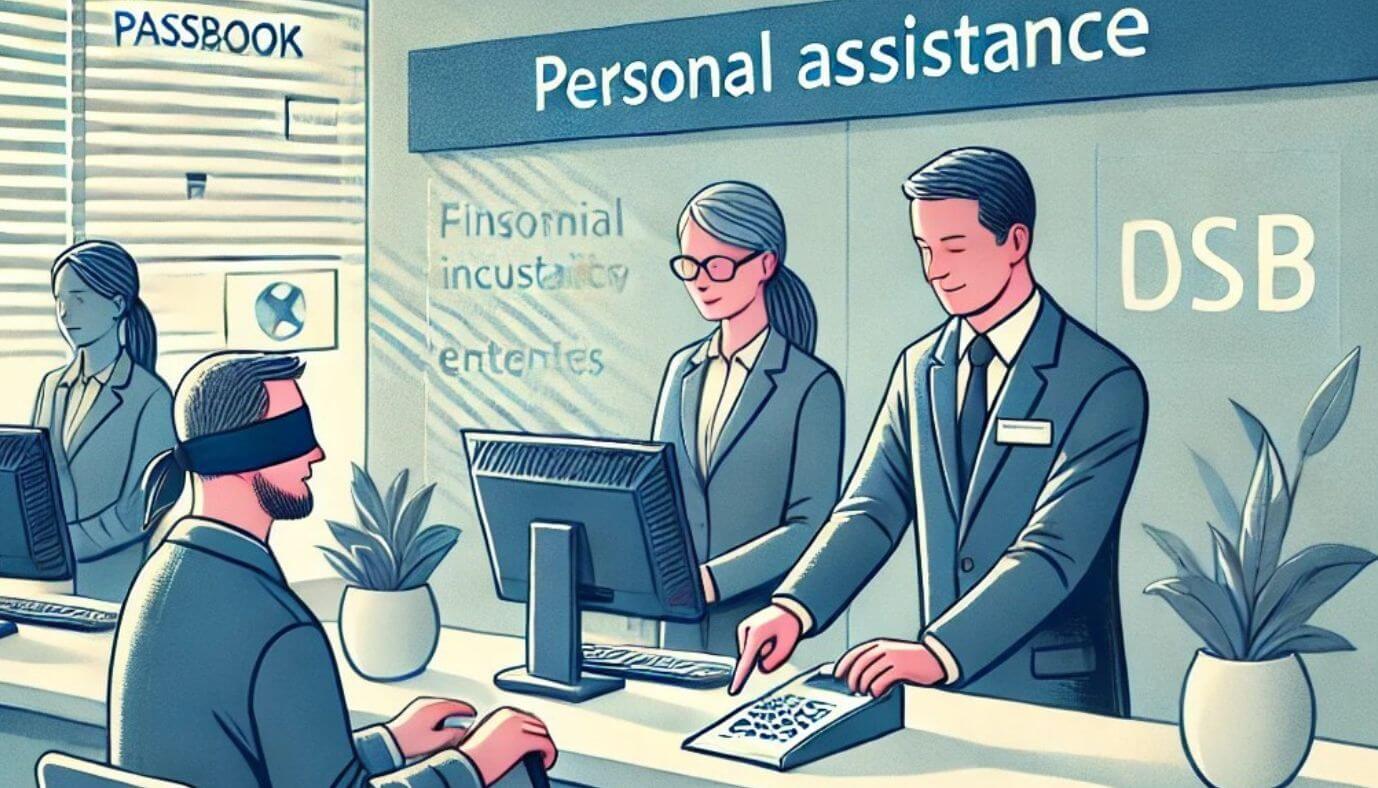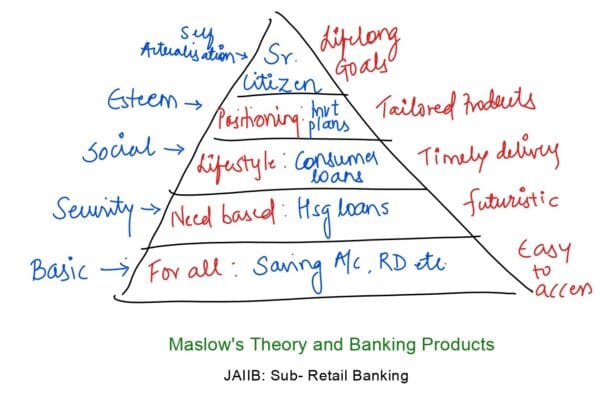Blind persons, like everyone else, should have equal access to financial services. However, banking for blind individuals comes with its own set of challenges. From ensuring the security of their account to helping them navigate banking transactions independently, special care must be taken to provide a safe and inclusive banking experience. This blog explores the special provisions made for blind persons opening and operating a bank account.
1. Legal Right to Open a Bank Account
There is no legal bar to a blind person opening a bank account. Banks are legally obligated to provide services to all individuals, regardless of their physical abilities. This ensures that blind persons can participate in the financial system and manage their money securely.
2. Security and Signature Concerns
One of the challenges for blind persons is that their signature may not always be consistent, which can make it difficult to authenticate transactions. To mitigate this risk, banks must exercise extra care and vigilance. Since blind customers often rely on others for assistance, it is crucial for banks to establish procedures that ensure the security of their accounts.
3. Photographs for Identification
Just like any other customer, blind persons are required to submit passport-size photographs when opening a bank account. One photograph is attached to the account opening form, and another is placed in the passbook. These photographs help with the identification process and maintain a record for account-related transactions.
4. Attestation of Signatures or Thumb Impressions
For blind account holders, their signature or thumb impression needs to be attested by a trusted person who is well-known to the bank. This ensures that the account holder’s identity is verified, and there is less risk of fraud. The attestation helps confirm that the instructions provided by the blind person are authentic and that the process is secure.
5. Account Operation: Empowering Independence
Where the Branch Manager is satisfied, a blind person may be allowed to operate the account independently. However, in situations where they cannot manage the account themselves, the bank may allow a next of kin or trusted individual to operate the account on their behalf. Proper letters of authority must be submitted in such cases to ensure the transaction is conducted securely.
6. Inconsistencies in Signatures
If there is any inconsistency in the signature of a blind customer, the bank may request a left-hand thumb impression to authenticate the transaction. This provides a more secure method of verifying that the instructions are coming from the account holder.
7. Transparency and Accessibility of Passbook Entries
Transparency is key when it comes to blind persons managing their bank accounts. Whenever a transaction is made, the bank must ensure that the passbook entries are up-to-date. Additionally, the account balance and any entries should be read out to the blind person by the bank official when no one else is around, ensuring that the individual is fully informed of their financial status.
8. Reducing the Risk of Fraud
Blind individuals may rely on someone to help with banking transactions, which could increase the risk of being cheated. Therefore, it is critical for banks to be vigilant and ensure that the individuals assisting the blind account holder are trustworthy. Proper documentation and authorizations should be obtained before allowing others to operate the account on the blind person’s behalf.
Conclusion: Creating an Inclusive Banking Environment for Blind Persons
Blind persons deserve the same access to banking services as anyone else, and it is crucial that banks provide an environment that ensures both independence and security. By adhering to the guidelines above, financial institutions can create a safer, more inclusive banking experience for blind customers, reducing the risks associated with fraud while maintaining transparency.
If you know a blind person who is unsure about how to navigate their banking needs, provide these insights. Together, we can help ensure that everyone has the tools to manage their finances independently and securely.








